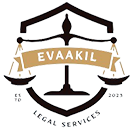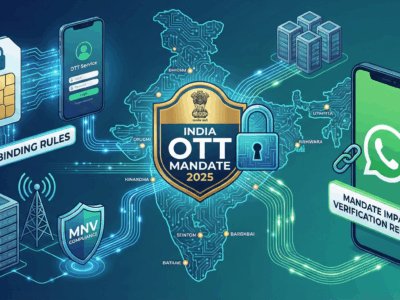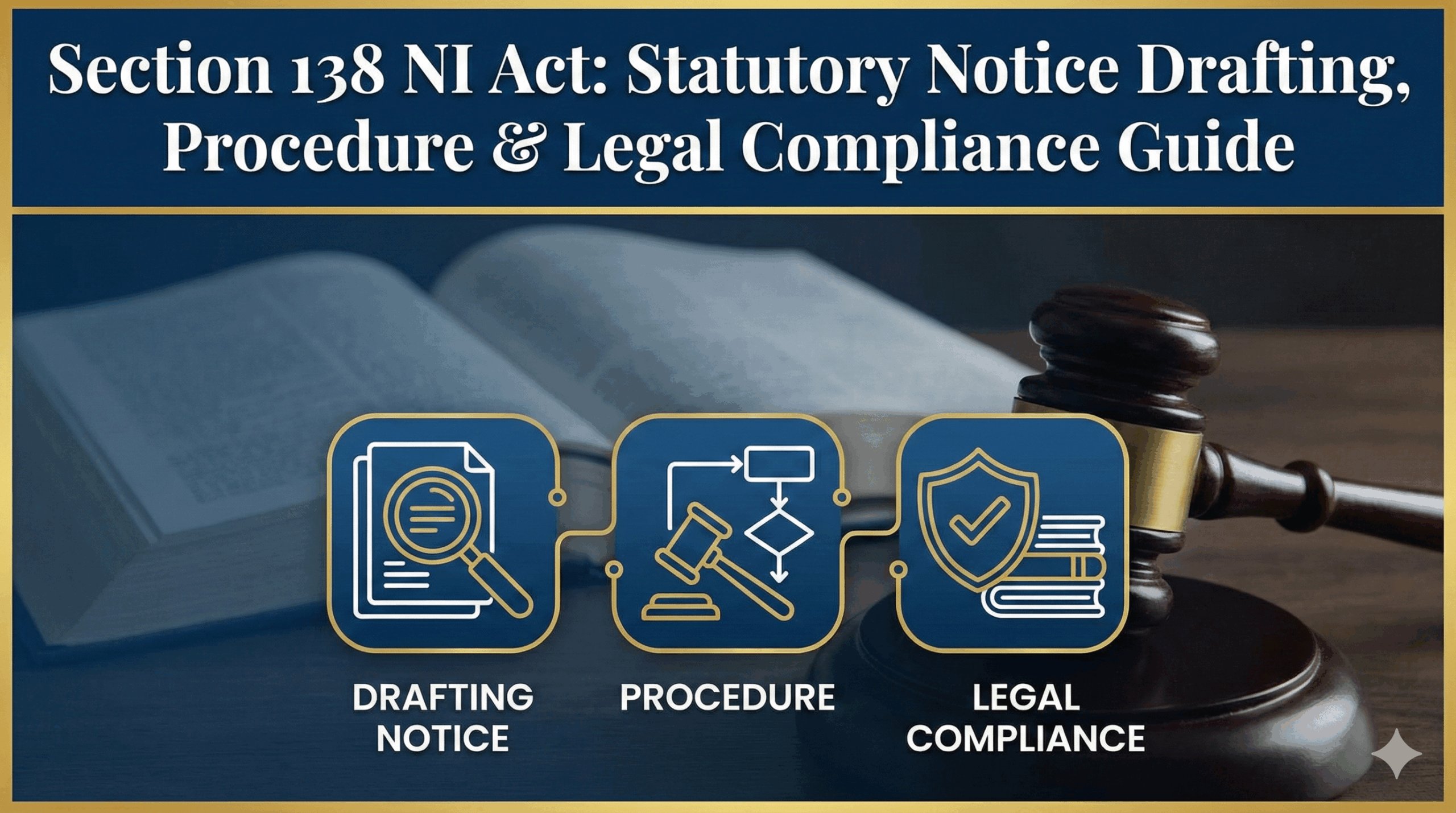Navigating the Indian job market after 40 can feel daunting. You might hear that your career is over, but the data tells a different story. While challenges like the “mid-career squeeze” and ageism are real, the 2025 market shows strong demand for senior expertise. The key isn’t your age, but how you align your experience with today’s skills-first hiring landscape. This guide moves beyond the fear, offering a data-driven look at where the opportunities lie and providing actionable strategies—from leveraging Return-to-Work programs to building a portfolio career—to help you successfully launch the next chapter of your professional life.
The Mid-Career Crossroads
Navigating risk and opportunity for professionals over 40 in India's 2025 job market. It's not about being obsolete; it's about understanding the new rules of the game.
The U-Shaped Demand Curve
Hiring is booming, but not for everyone. The 2025 job market shows intense demand for freshers and senior leaders, creating a "mid-career squeeze" for professionals with 8-15 years of experience.
Hiring Growth by Experience (YoY June 2025)
Data compiled from Naukri JobSpeak Index, June 2025.
Analysis: The Mid-Career Squeeze
The U-shaped curve isn't a random anomaly; it's a deliberate corporate strategy. Organizations are simultaneously investing in two distinct talent pools:
- Low-Cost, High-Potential Juniors: Companies are aggressively hiring freshers (+11% YoY) to build a future-proof workforce skilled in emerging areas like AI and ML, securing talent at a lower initial cost. The Insurance sector, for example, saw a massive 59% jump in fresher hiring.
- High-Impact Strategic Leaders: At the other end, demand for seasoned leaders (16+ years experience, +15% YoY) is driven by the need for strategic vision to navigate complex transformations, like integrating Generative AI or entering new markets.
The mid-career professional, often in a managerial role, gets caught in the middle. Perceived as a significant salary cost without the cutting-edge skills of a fresher or the C-suite vision of a veteran, this layer becomes a prime target for organizational flattening. This creates a pincer movement, where you compete with lower-cost entrants from below and a select group of high-demand leaders from above.
The Unspoken Bias
Is it you, or is it the system? A significant portion of the Indian workforce reports facing age-based discrimination, which often manifests as exclusion from growth opportunities.
Directly Faced Ageism
Nearly a third of all employees in India have personally faced age discrimination at work.
Sectoral Hotspots
Pharma, Healthcare & ITES show the highest rates of reported ageism.
Considering Resignation
In Indian MNCs, over half of employees contemplating leaving cite ageism as a factor.
Data from Randstad India, 'Beyond Numbers: Intergenerational Insights on Ageism'.
Legal Spotlight: Ageism & Indian Law
Unlike countries with specific laws like the Age Discrimination in Employment Act (ADEA) in the US, India does not have a single, comprehensive law that explicitly prohibits age discrimination in the private sector. This creates a legal grey area, making it challenging for employees to seek recourse.
What are your rights?
- The Constitution of India: Article 14 guarantees the "right to equality." While this is a fundamental right, applying it directly to a private employment dispute is complex and often requires proving the employer's action was highly arbitrary and unreasonable.
- Employment Contract: The terms of your employment contract are paramount. If an employer terminates your contract before the specified retirement age without "just cause" (as defined in the contract or company policy), it could be considered a breach of contract.
- Industrial Disputes Act, 1947: For employees classified as "workmen," this act offers some protection against unfair labour practices, which could include discriminatory layoffs. However, many mid-to-senior level professionals in managerial or supervisory roles fall outside the definition of a "workman."
The Challenge of Proof
The biggest hurdle is proving that age was the primary reason for termination or being denied an opportunity. Employers often cite "performance issues," "role redundancy," or "organizational restructuring" as official reasons, making it extremely difficult to build a successful legal case for age discrimination.
The Shifting Value Equation
Are you too expensive, or is your value misunderstood? The market has pivoted from valuing tenure to valuing tangible, in-demand skills.
Value Markers: Then vs. Now
| Attribute | Traditional Model (Past) | Skills-First Model (2025+) |
|---|---|---|
| Primary Metric | Years of Experience & Pedigree | Demonstrable Skills & Certifications |
| Hiring Focus | Generalists with Leadership Potential | "Job-Ready" Specialists (AI/ML, Data, Cyber) |
| Source of Value | Loyalty, Tenure, Company Knowledge | Project Portfolios, Hands-on Capability |
| Salary Justification | Based on Age and Seniority Bracket | Based on Market Demand for Specific Skills |
| Employer Perception | "Experienced and Reliable" | "Expensive unless skills are cutting-edge" |
Analysis based on data from Indeed & other market reports.
Reinventing Your Second Act
The old career ladder is broken. It's time to build your own portfolio of opportunities. Discover the pathway that best fits your skills and aspirations.
Pathway 1: The Corporate Relaunch via RTW Programs
Return-to-Work (RTW) programs offer a structured bridge back into the corporate world. Once aimed mainly at women, many are now gender-neutral, recognizing career breaks happen for many reasons.
Key Features of Strong RTW Programs:
- Targeted Upskilling: Refresher training to bridge knowledge gaps in the latest technologies.
- Mentorship & Support: Access to mentors and a supportive cohort to ease the transition.
- Meaningful Roles: Strategic mapping to roles that align with your experience and offer clear progression.
Prominent Gender-Neutral Programs in India:
Pathway 2: The Expert-as-a-Service Portfolio
Exit the rigid corporate structure by positioning yourself as an independent expert. The fastest-growing model is the Fractional Executive (e.g., Fractional CTO/CFO), where you provide part-time, high-level strategic guidance to multiple companies.
How to Succeed as a Fractional Executive:
- Define Your Niche: Don't be a generalist. Specialize in a core function (e.g., tech roadmapping, fundraising prep, market entry).
- Build a Personal Brand: Actively use LinkedIn, write articles, and speak at events to establish thought leadership. Your reputation is your marketing.
- Quantify Your Value: Frame your services around clear ROI. Instead of "I offer advice," say "I help Series A startups secure Series B funding by optimizing their tech stack."
Did you know? 40% of Indian startups now hire fractional executives as part of their growth strategy.
Pathway 3: The Global Remote Professional
The remote work revolution has opened a global talent market. Experienced Indian professionals are highly sought after for roles managing global operations, leveraging skills in project management, team leadership, and process optimization.
Critical Skills for Global Remote Roles:
- Asynchronous Communication: Mastery of clear, concise written communication across time zones.
- Digital Collaboration Fluency: Expertise in tools like Asana, Jira, Slack, and Miro is non-negotiable.
- High Emotional Intelligence (EQ): The ability to build trust and navigate cultural nuances virtually is a key differentiator.
Tax & Legal Spotlight for India Residents
Working for a US company from India? Remember: your worldwide income is taxable in India. File Form W-8BEN with your US employer to avoid double taxation under the DTAA. If you're a freelancer, explore presumptive taxation (Sec 44ADA) and remember that exporting services is a zero-rated supply under GST (with a LUT).
Pathway 4: Mastering the Career Break Narrative
A career break on a resume can be a red flag for Applicant Tracking Systems (ATS). The strategy is not to hide the gap, but to frame it as a period of intentional growth. Use a hybrid resume format that leads with your skills and value proposition.
How to Frame a 5-Year Break on Your CV:
Instead of leaving a void, create an entry in your experience section.
Planned Career Sabbatical | 2020 - 2025
- Undertook a deliberate career break to focus on family care, managing complex household logistics, budgeting, and healthcare coordination, honing advanced problem-solving and negotiation skills.
- Proactively maintained industry relevance by completing certifications in [e.g., Google Data Analytics, PMI-ACP].
- Engaged in freelance consulting for small businesses, providing expertise in [e.g., digital marketing strategy] and delivering measurable results.
This approach transforms a potential negative into a positive, showcasing resilience, continuous learning, and diverse life experience.
Still Unsure? Take the Career Pathfinder Quiz
Answer a few questions to find your recommended strategic path.
Your Career is a Portfolio, Not a Ladder.
The future belongs to those who fuse deep experience with current skills, strategic insight with technological fluency, and career stability with entrepreneurial agility. It's time to stop waiting for opportunities and start creating them.








